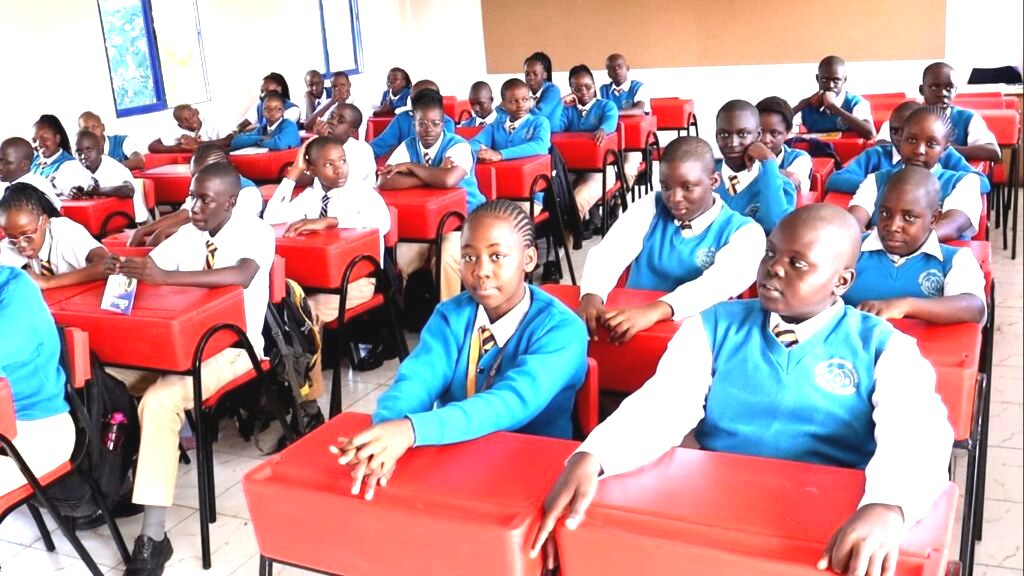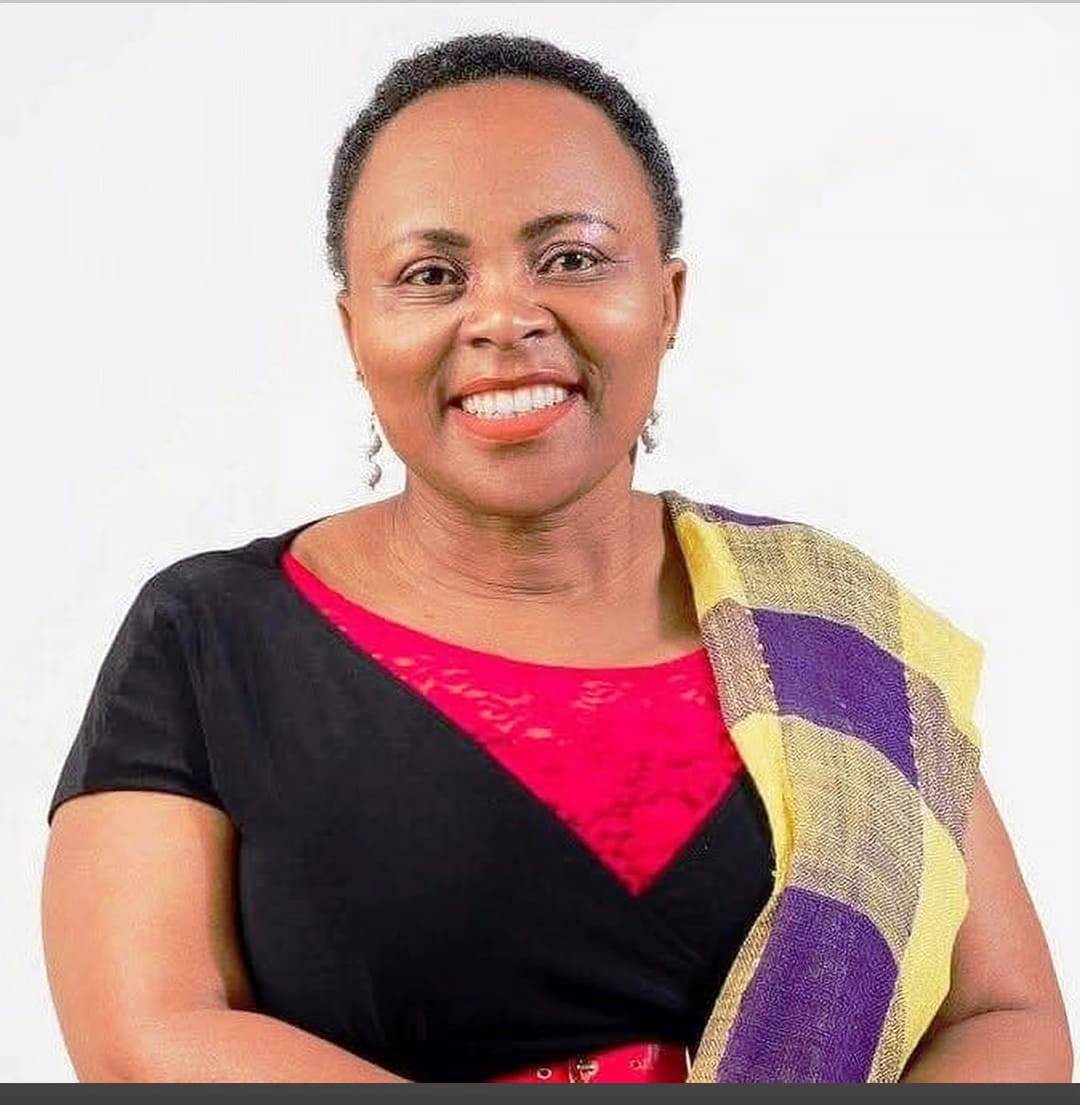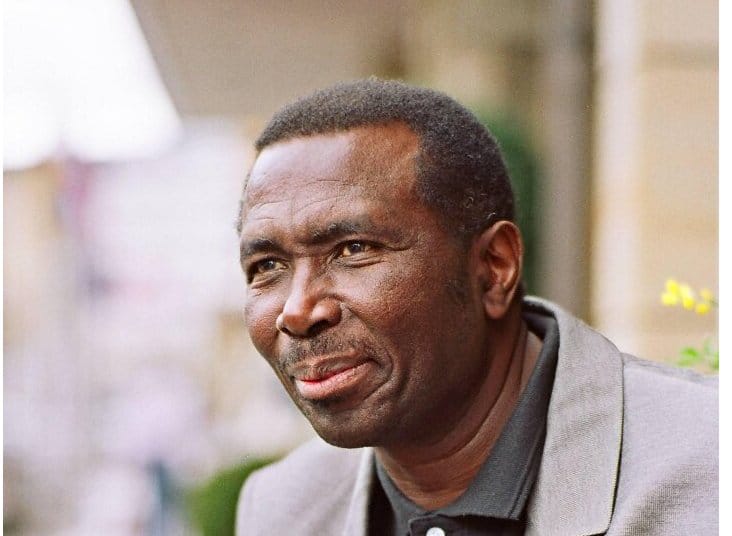Kenya’s education landscape is undergoing a historic transformation. With the introduction of Competency-Based Education (CBE) in senior schools beginning with Grade 10 in 2026, both teaching and learning will change profoundly.
For decades, the 8-4-4 system emphasised examinations, rote learning, and content recall. Grades measured success, and teachers’ voices dominated classrooms. Now, Kenya is moving toward a system that values skills, creativity, and applied competence.
The new approach shifts focus from what learners know to what they can do with that knowledge. It seeks to nurture innovators, thinkers, and problem-solvers—learners prepared not just for exams, but for life.
How Teaching Will Change Across Subjects
Every subject will experience a meaningful transformation.
English will move beyond grammar and essay memorisation to focus on communication, creativity, and media writing. Learners will present, debate, and create content that reflects real-world language use.
Kiswahili will emphasise cultural expression and communication. Learners will engage in translation, creative writing, broadcasting, and performance. It will become a living language, not just a subject.
In Mathematics, learners will apply knowledge to solve real-world problems in finance, technology, and data management. The subject will be divided into Core and Essential Mathematics to match learners’ pathways.
The sciences will embrace inquiry and innovation. Chemistry will emphasise product creation—soap, fertilisers, and eco-friendly materials. Physics will promote design and innovation in energy and technology. Biology will integrate health, genetics, and ecology through research and fieldwork.
Agriculture will evolve into agribusiness, with learners managing school farms and using sustainable methods like hydroponics. Business Studies will focus on real entrepreneurship, allowing students to start and manage enterprises.
Computer Science will introduce coding, robotics, and artificial intelligence, while Music and Performing Arts will centre on creative production and digital artistry.
The teacher’s role will shift from being a dispenser of content to a facilitator of learning. Assessment will be continuous, focusing on portfolios, projects, and presentations rather than one-time exams.
Preparing Teachers for the Transition
Teachers are at the heart of this educational reform. Their preparedness—mental, professional, and pedagogical—will determine the success of CBE.
First, teachers must adopt a new mindset. CBE requires facilitation, not dictation. Lessons must encourage discovery, collaboration, and problem-solving.
Second, educators must avoid overreliance on official retooling. While training by the Teachers Service Commission (TSC) and Kenya Institute of Curriculum Development (KICD) is ongoing, real transformation begins with personal initiative. Teachers should research independently, collaborate in peer-learning circles, and pursue professional growth online.
Third, teachers must understand the senior school pathways—STEM, Social Sciences, and Arts & Sports Science—and how their subjects fit within them.
READ ALSO:
MP in West Pokot urges residents to embrace peace to shield exams and livelihoods
Fourth, lesson plans and schemes of work must focus on competencies rather than mere topics. Each lesson should end with measurable learner performance.
Fifth, teachers must master continuous assessment and documentation. Instead of relying on final exams, they will track learner growth through rubrics and digital portfolios.
Finally, technology is now part of teaching itself. Every teacher must learn to use digital tools, virtual labs, and online resources effectively. Walls do not bind the modern classroom—it extends into the digital world.
Learners’ Strengths and Challenges in Grade 10
The incoming Grade 10 learners will be very different from the traditional Form One students of the 8-4-4 system. They bring new strengths—but also new challenges that teachers must anticipate.
Strengths: They are confident communicators, comfortable presenting ideas and working in teams. They are creative and innovative, accustomed to projects and hands-on tasks. They are digitally literate, able to use technology for research and design. They have strong collaboration skills and show awareness of environmental and social issues.
Challenges: Some may lack depth in theoretical understanding, especially in science and mathematics. Many will show overdependence on teacher feedback due to continuous assessment. Their short attention spans—influenced by digital culture—will demand interactive lessons. Learners will also arrive with uneven exposure, depending on the resources in their junior schools.
Teachers must blend patience with high expectations. Learning will require structure, balance, and engagement through practical examples and dialogue.
How Grade 10 Learners Differ from Former Form Ones
The shift from Form One to Grade 10 is more than a change in numbering—it represents a shift in educational culture.
Form One learners under the 8-4-4 system were content-driven, listening, memorising, and repeating information. Grade 10 learners are competence-driven; they ask, create, and apply knowledge. The old learner studied for exams; the new one learns to solve problems. The old learner feared mistakes; the new one embraces trial and experimentation.
Form One learners relied on teacher authority; Grade 10 learners expect partnership and respect. They will not sit quietly waiting for notes—they will question, propose, and explore.
Moreover, while the 8-4-4 learner discovered careers late, the Grade 10 learner enters school pathway-ready, knowing whether they are inclined toward STEM, Social Sciences, or the Arts. Teachers will thus act as both educators and career mentors.
CBC learners also represent a broader spectrum of intelligence—academic, artistic, entrepreneurial, and technical. Teachers must therefore recognise and nurture diverse talents, not just academic excellence.
The Teacher’s Evolving Role
Under this system, the teacher becomes a facilitator of learning, not a lecturer; a mentor and career guide, not just a subject expert; a technology user and innovator, not a traditional instructor; and a reflective practitioner, always learning and adapting.
CBE demands that teachers model the very competencies they seek to cultivate in learners—curiosity, creativity, collaboration, and critical thinking.
Conclusion
Kenya’s transition to Competency-Based Education is not just a curriculum reform—it is a shift in national mindset. It redefines the meaning of success from passing exams to mastering life skills.
Teachers must take personal initiative—reading, experimenting, and collaborating—to stay ahead of change. Retooling alone is not enough. The future belongs to teachers who lead transformation from within.
The new Grade 10 learners will be curious, confident, and creative. They will challenge traditions, question assumptions, and demand relevance. Teachers who embrace these changes with wisdom and adaptability will shape the next generation of Kenyan innovators.
When prepared teachers meet empowered learners, the classroom will cease to be a place of routine—it will become a laboratory of ideas, a stage of discovery, and a workshop for Kenya’s future.
By Hillary Muhalya
You can also follow our social media pages on Twitter: Education News KE and Facebook: Education News Newspaper for timely updates.
>>> Click here to stay up-to-date with trending regional stories
>>> Click here to read more informed opinions on the country’s education landscape
>>> Click here to stay ahead with the latest national news.






